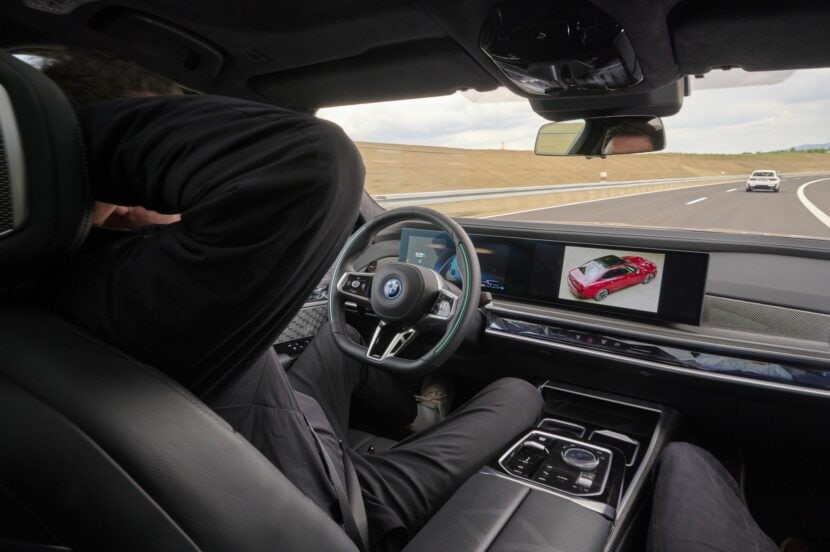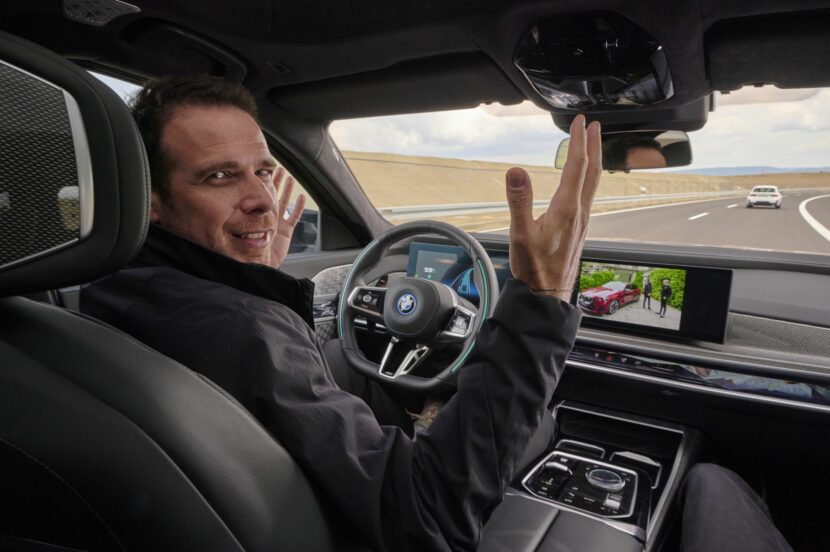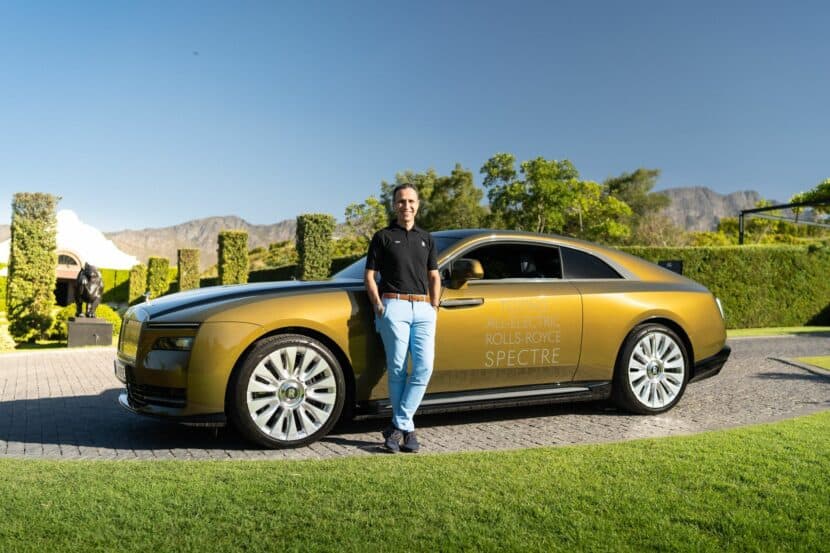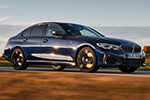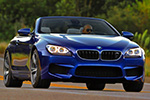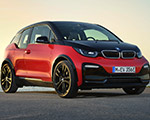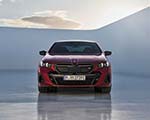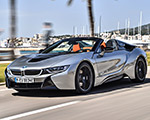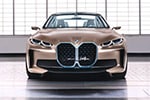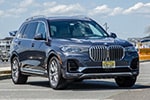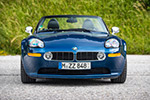 In This Article
In This ArticleBMW’s tagline, The Ultimate Driving Machine, has been around for decades. But in the EV era, where sound, torque, and even steering feel are redefined by software, what does that mantra really mean? Mihiar Ayoubi, Senior Vice President Driving Experience, has been with BMW for three decades. He has lived through the company’s transformation from purely mechanical chassis tuning to today’s software-defined vehicles. With the first Neue Klasse model arriving later this year, he believes BMW is entering a fourth era—one that could be as important as the original 1500 in the 1960s.
From Mechanical Chassis to the Heart of Joy
“I’ve experienced three decades of driving dynamics at BMW,” Ayoubi begins. “The first was mechanical—you had to deliver driving pleasure just through chassis design. The second was the mechatronic era, when we added intelligence with active steering and brake systems. The third was about connected chassis, where all the subsystems started communicating in loops.”
He pauses, then leans in: “Now comes the fourth. The Neue Klasse is historic because, for the first time, we have an entirely new body, a fully electric backbone, and a software-defined vehicle. Instead of closed loops, we now use a hierarchical architecture. Think of it like an octopus: one central brain with many arms, instantly telling each subsystem what to do. That’s the Heart of Joy.”
What Cannot Change in the EV Era
So how does BMW make sure its cars still feel like BMWs without a combustion engine up front? “The most important thing is linear response,” Ayoubi says firmly. “When you see a corner, you must know exactly how your car will behave. Predictability is everything.” Electric cars, he explains, introduce unique challenges. A stiff battery pack creates a very rigid center section, but leaves the front and rear relatively “loose.” Without careful tuning, that can create an unpredictable response.
“Everyone says the low center of gravity is the EV’s advantage. But what really matters is the distance between the roll axis and the center of gravity. That determines how the car rotates. You need to design this into the body from day one.”
And then there’s torque delivery. “Combustion engines were never fast enough,” he says. “They had a natural delay. But an electric motor reacts instantly. That can be impressive in a straight-line demo, but it’s not a use case for everyday customers. We control forces at the wheel. That’s how we make the response linear and faithful.”
Making Ordinary Drivers Feel Extraordinary
In testing, Ayoubi recalls, even senior executives were surprised. “One of our board members stepped out and said, ‘I didn’t know I was such a good driver.’ He wasn’t—but the car made him feel that way.” It’s not just about enthusiasts. “Our goal is that ordinary customers step out feeling seamless predictability, enjoyment with safety. They feel more comfortable than when they stepped into the car.”
“Of course, we have a small group of customers who really can drive, who can approach the limits and enjoy the high resolution of this system,” he says. “But I’m talking about the ordinary customer. I believe they will step out of the car feeling seamless predictability, enjoyment with safety. It’s waftable. You feel like a better driver.”
One of BMW’s own project leaders reportedly said the same after testing a prototype at Sokolov, where much of BMW’s dynamics development takes place: “I feel more comfortable now than the moment I stepped into the car.”
That confidence has been tested under extreme conditions. “Our first KPI was driving on slippery roads and winter conditions,” Ayoubi says. I explained that during my own test of the BMW iX3, at 130 km/h on wet surfaces, the car stayed controllable. Ayoubi added: “For us, preventing over-braking and keeping steerability is still the most important KPI today.”
Scalability and OTA Potential
The Heart of Joy isn’t a static technology. “We have three dimensions of scalability,” Ayoubi explains. “First, across cars: one Neue Klasse can feel naughty, another reasonable, another safe. Second, within a car: different driving modes for different customers. And third, adding new subsystems in the future—the central intelligence just integrates them like new arms of the octopus.”
Because the system is software-defined, Ayoubi doesn’t rule out over-the-air monetization. “Why not?” he says candidly. “The technology can do it. Our sales colleagues might think about selling digital features. Imagine releasing a more dynamic setup for slalom driving. Once the customer pays, we can deliver it.”
The Challenge of Heat and Track Use
When asked about EVs overheating on track, Ayoubi points to lessons from the experimental VDX prototype. “VDX was a kind of wild horse,” he admits. “It was also vehicle where we learned to enhance the control loops coming into the subsystems and physical parts of that. But you can’t adopt everything from it into production cars. Thermal headroom is still a challenge.”
Why BMW Didn’t Rush to Level 3
The Neue Klasse will debut with Level 2+ driver assistance, not Level 3. For Ayoubi, the decision was clear. “We tested Level 3, but customers aren’t ready. They don’t want to lose control, especially in cities. It’s like when we introduced the first active anti-roll bars. We gave cars zero roll angle, but customers didn’t like it. It took time for them to get used to it.”
Safety is the other factor. “A lot of OEMs treated ADAS like a Wild West. But it’s just statistics—cars, kilometers, likelihood of failure. Unless you have the highest safety standards, you deliver accidents every day. We can’t accept that.”
Level 2++ Explained
The term “Level 2++” has become marketing shorthand, but Ayoubi offers two interpretations. “The positive view is that it means we can provide assistance in city driving. With AI and neural networks, you can adapt to more complex environments. But we always use a hybrid approach—AI plus physics—to ensure transparency.”
Then he adds a warning. “The sad interpretation is Level 3 minus. Some call it self-driving, but liability is still with the driver. The more comfort you give, the more distraction you create. That is the killing point. We decided to keep the driver in the loop with minor commands—steering, braking, accelerating—while the system does the rest. That balance is essential.”
Redundancy and Fail-Safes
Ayoubi also offers a glimpse into BMW’s obsession with redundancy. “Take Level 3 handover. If the system asks you to take control, it uses an acoustic warning. But what if your speakers or microphone don’t work? Every time you start the car, we send inaudible frequencies through the speakers to test the system. Only then do we allow deployment.”
It’s a small detail, but one that illustrates BMW’s safety-first approach.
Level 4, But Not 5
So what’s next? “Technically, we can deliver Level 4,” Ayoubi says. “The question is: is there any pull from the market? Customers need time to trust. Level 5? Not this decade.”
The Future of Joy
In the end, Ayoubi insists the Neue Klasse doesn’t mark the end of BMW’s DNA—it’s a reinvention. “Electric driving is challenging,” he admits. “But if you understand the drawbacks, you can turn them into advantages. That is what the Heart of Joy does. The technology changes, but the DNA does not.”








